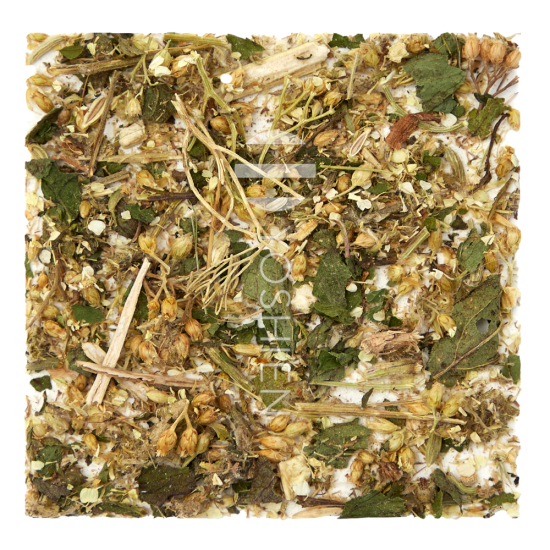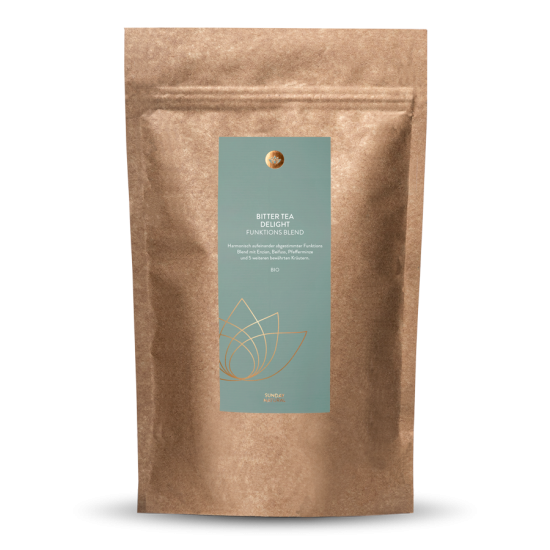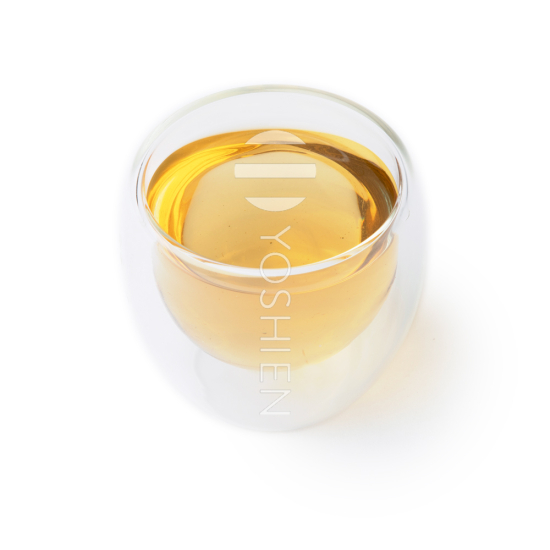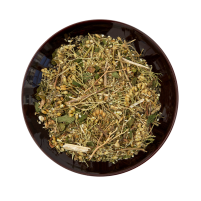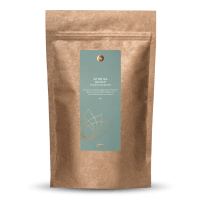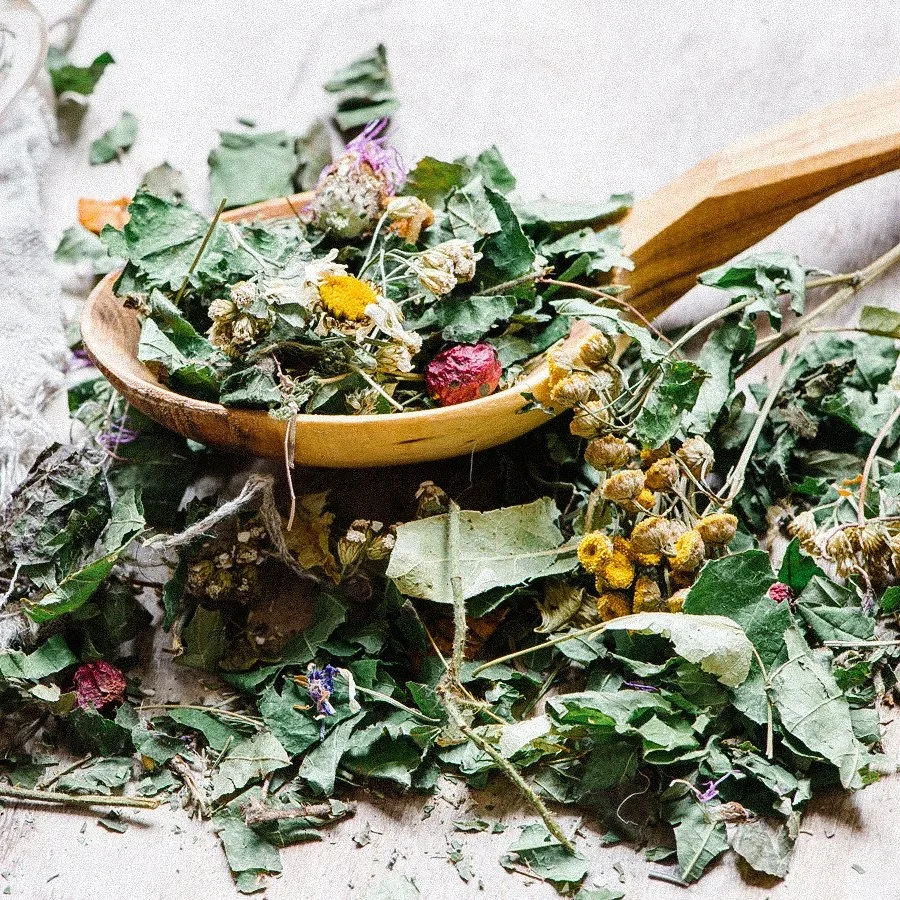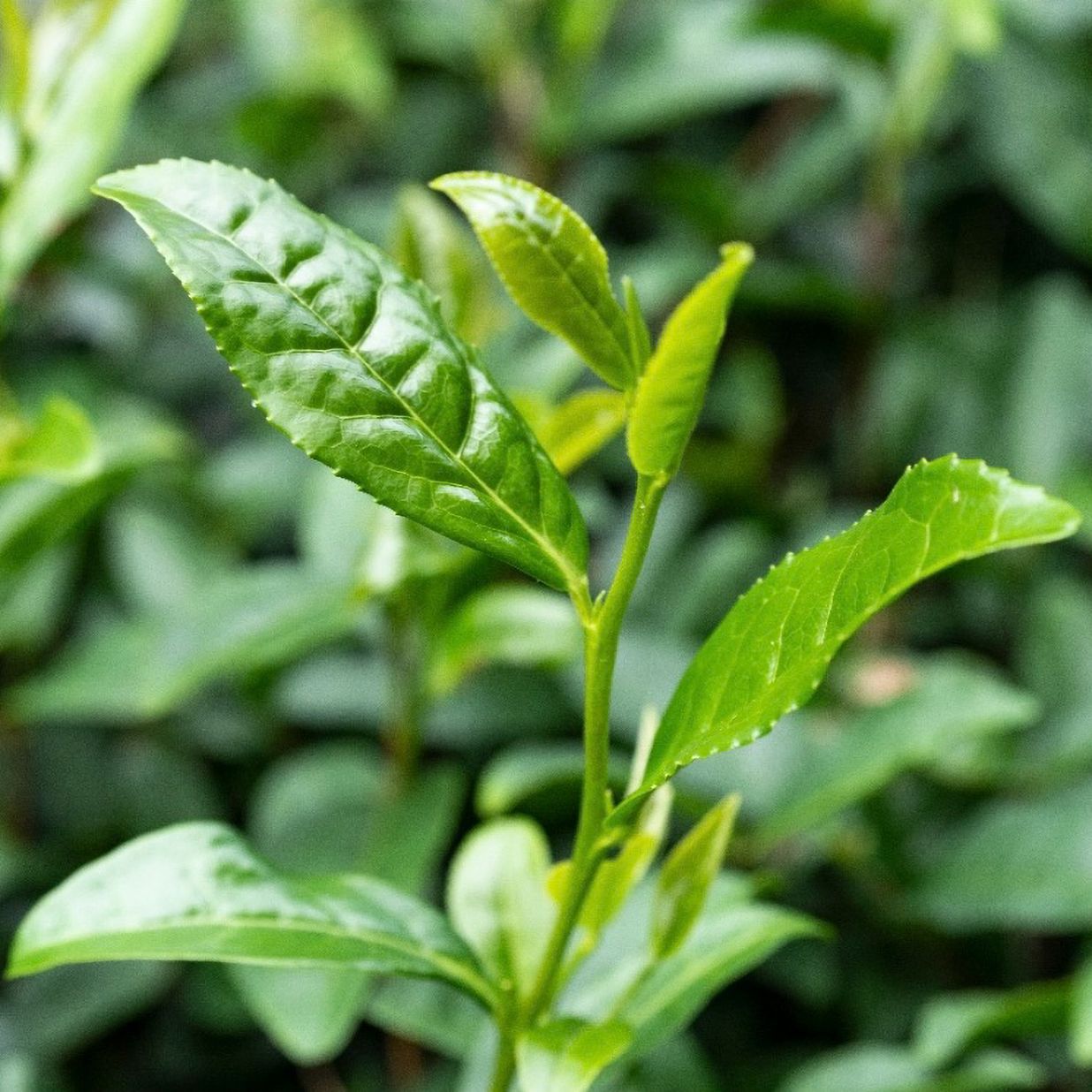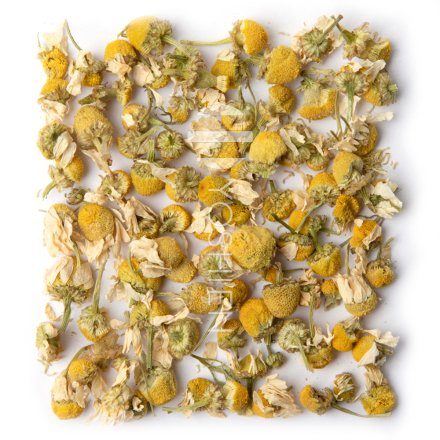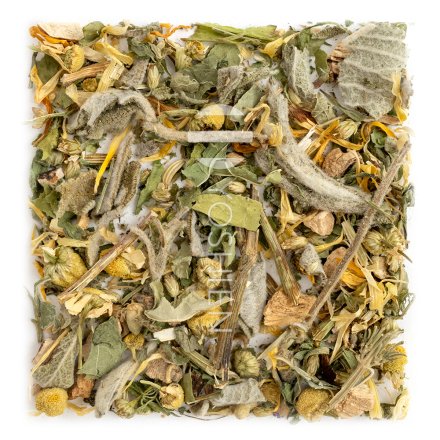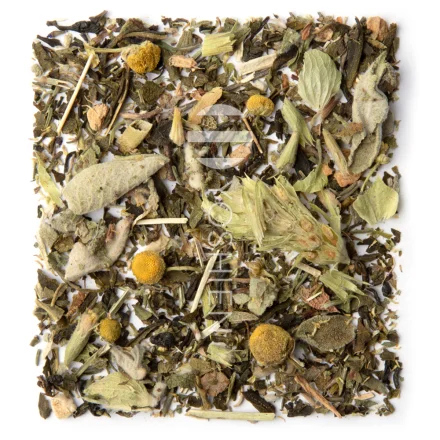Yarrow
Yarrow grows across Europe and northern Asia, extending as far north as the Arctic Circle. The resilient perennial endures throughout the year, remaining above the earth's surface even during winter. Its rich heritage in herbalism stretches back to Greek mythology, where yarrow finds mention as a plant used by Achilles. It is from this legend that it derives its Latin name, Achillea millefolium.
Fennel Seed
Fennel (Foeniculum vulgare) is one of the oldest herbs in continuous use worldwide. Its origins can be traced back to around 3000 BC in Mesopotamia, where it was cherished for its numerous health benefits. The ancient civilisations of Egypt, Greece and Rome also recognised and appreciated the remarkable value of fennel.
Peppermint
Peppermint has been used for ages in cultures around the world for purification rituals, as incense, and in the form of calming tea. To help improve concentration, students in ancient times wore a crown of twisted mint and relied on the sweet, clear scent for its stimulating effects.
Mugwort
The common mugwort (Artemisia vulgaris) belongs to the Artemisia family and is one of the oldest known herbs. It originated in central and northern Europe, conquering the northern hemisphere from there. Mugwort is associated with the Egyptian and Greek goddesses Artemis and Isis respectively.
Elecampane
Elecampane (Inula helenium L.) is a striking plant with vibrant yellow flowers. While it originates in Anatolia, today it is successfully cultivated in Spain, the Netherlands and the Balkans. Throughout history, the aromatic root of elecampane has found versatile uses in the culinary world and as an incense.
Dandelion
The dandelion (Taraxacum officinale) is a resilient perennial herb native to the entire northern hemisphere. It exhibits remarkable adaptability, thriving in diverse habitats at altitudes of up to 2800m above sea level such as meadows, forests and even urban environments, where it can be found in such unlikely areas as cracks in the pavement. The dandelion can grow up to 10cm tall and is characterised by its distinctively white sap present in all parts of the plant. Although references to the dandelion date back to the 11th century in Persia, it wasn't until the 16th century that it was mentioned in European herbal lore.
Gentian
Gentian (Gentiana lutea) is a common Alpine plant with many bitter substances in its roots, which have been valued since ancient times. It has an extremely high bitterness value of 10 000, making it one of the most bitter plants around. Gentian only bears its first flowers after ten years and can live to the impressive age of 60 years.



